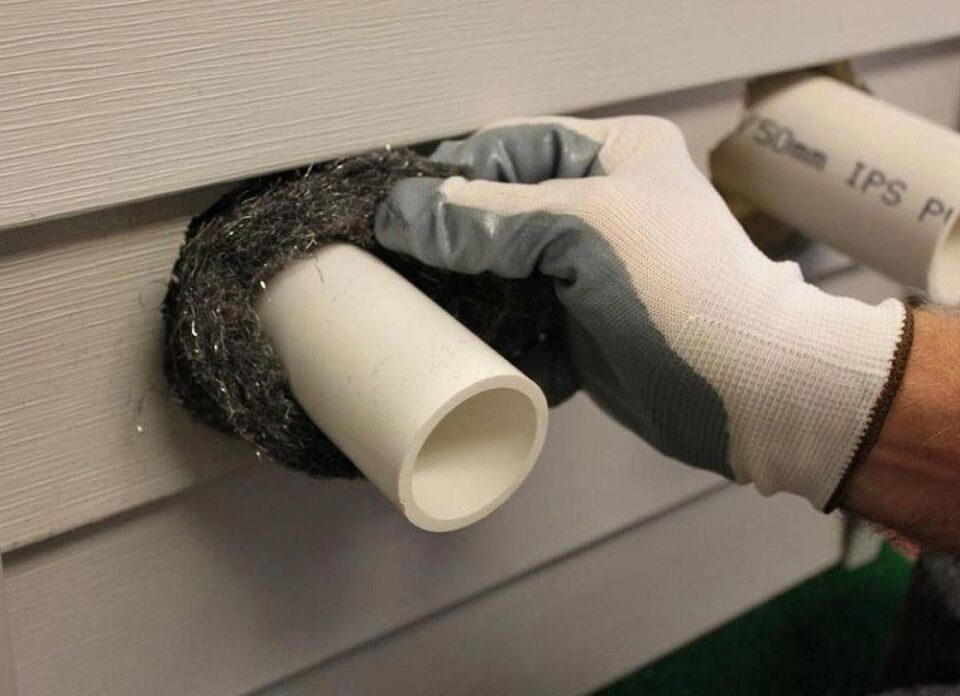Rat infestations can be a homeowner’s worst nightmare. The biggest nightmare for a homeowner would involve a rat infestation. These resilient rodents can damage your property and pose health risks to you and your family. Steel wool has been used by householders and expert pest control organizations worldwide as a simple yet efficient method of preventing rat infestations. This article will examine how steel wool can help pest management by acting as an excellent rat deterrent.
Understanding The Rat Problem
Rats belong to the rodent family and are highly adaptable. They have small openings, climb walls, and chew through various materials, and can seriously infest households, causing various diseases. This makes them challenging to keep out of homes and buildings.
The Power Of Steel Wool
Steel wool, which is essentially a mass of thin steel fibres compressed together, serves as an exceptional barrier against rats for several reasons:
· Incredibly Difficult To Chew Through
Rats have strong teeth that can gnaw through many materials, but steel wool is a formidable adversary. The texture and composition of steel wool rats make it extremely difficult for rats to chew through, effectively blocking their entry points.
· Versatile Application
Steel wool can be used in many locations where rats may attempt to enter your home. Common entry points include gaps around pipes, holes in walls, and openings around doors and windows. Simply stuffing steel wool into these gaps can prevent rat access.
· Cost-Effective Solution
Compared to other pest control methods, steel wool is budget-friendly. It’s readily available at most hardware stores, and a single purchase can provide enough material to seal multiple entry points.
· Environmentally Friendly
Steel wool is a sustainable choice for pest control. It doesn’t involve toxic chemicals or pesticides, making it an eco-friendly option for keeping rats away.
Steps To Use Steel Wool For Rat Deterrence
Now that we understand the benefits of using steel wool, let’s go over the steps to employ it as a rat deterrent effectively:
· Identify Entry Points
Thoroughly inspect your home for potential entry points that rats may be using. Look for gaps, cracks, or openings in walls, floors, and ceilings.
· Prepare Steel Wool
Cut the steel wool into small pieces or strips, depending on the size of the gaps you need to seal. Ensure you have enough pieces to fill all identified entry points.
· Insert Steel Wool
Insert the steel wool into the identified entry points, ensuring it’s packed tightly. Rats won’t be able to push their way through the steel wool.
· Monitor And Maintain
Regularly inspect the areas where you’ve applied steel wool to ensure it remains intact. Over time, it may degrade due to weather conditions or other factors, so be prepared to replace it as needed.
Conclusion
Rat infestations can cause significant damage to your property and pose health risks to your family. Using steel wool as a rat deterrent is a tried-and-true method that homeowners and worldwide pest control professionals have embraced. Its affordability, versatility, and effectiveness make it a go-to solution for keeping rats away. One should also take care of adopting proper hygiene and sanitation practices along with using steel wool.

